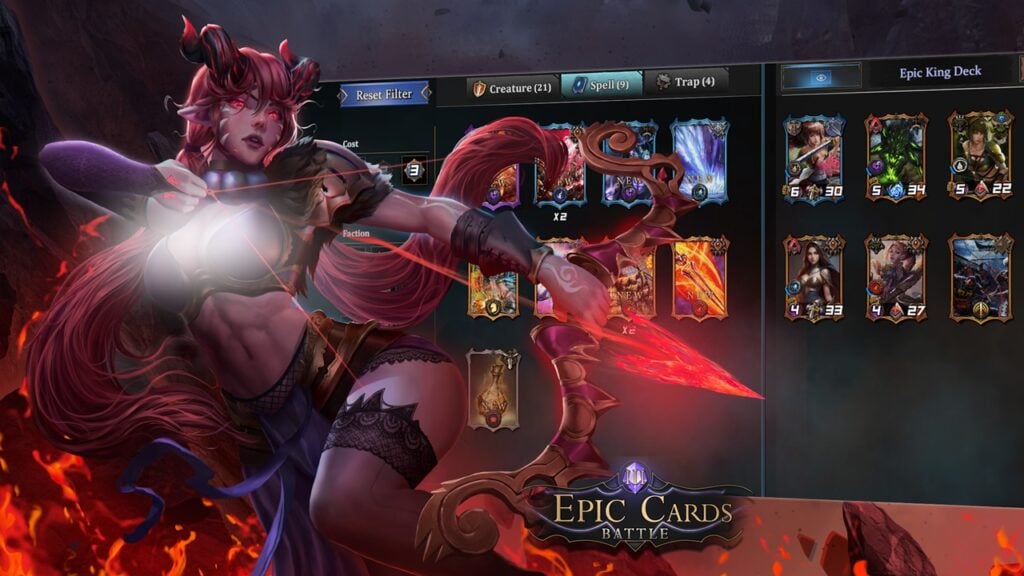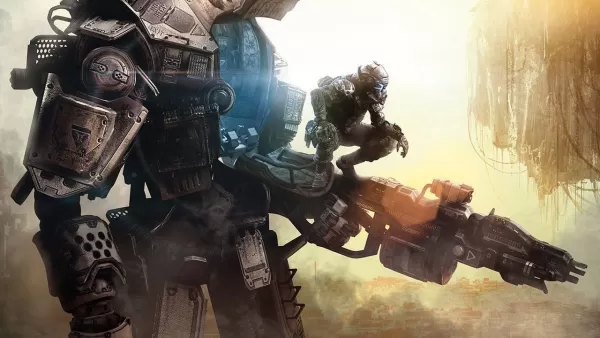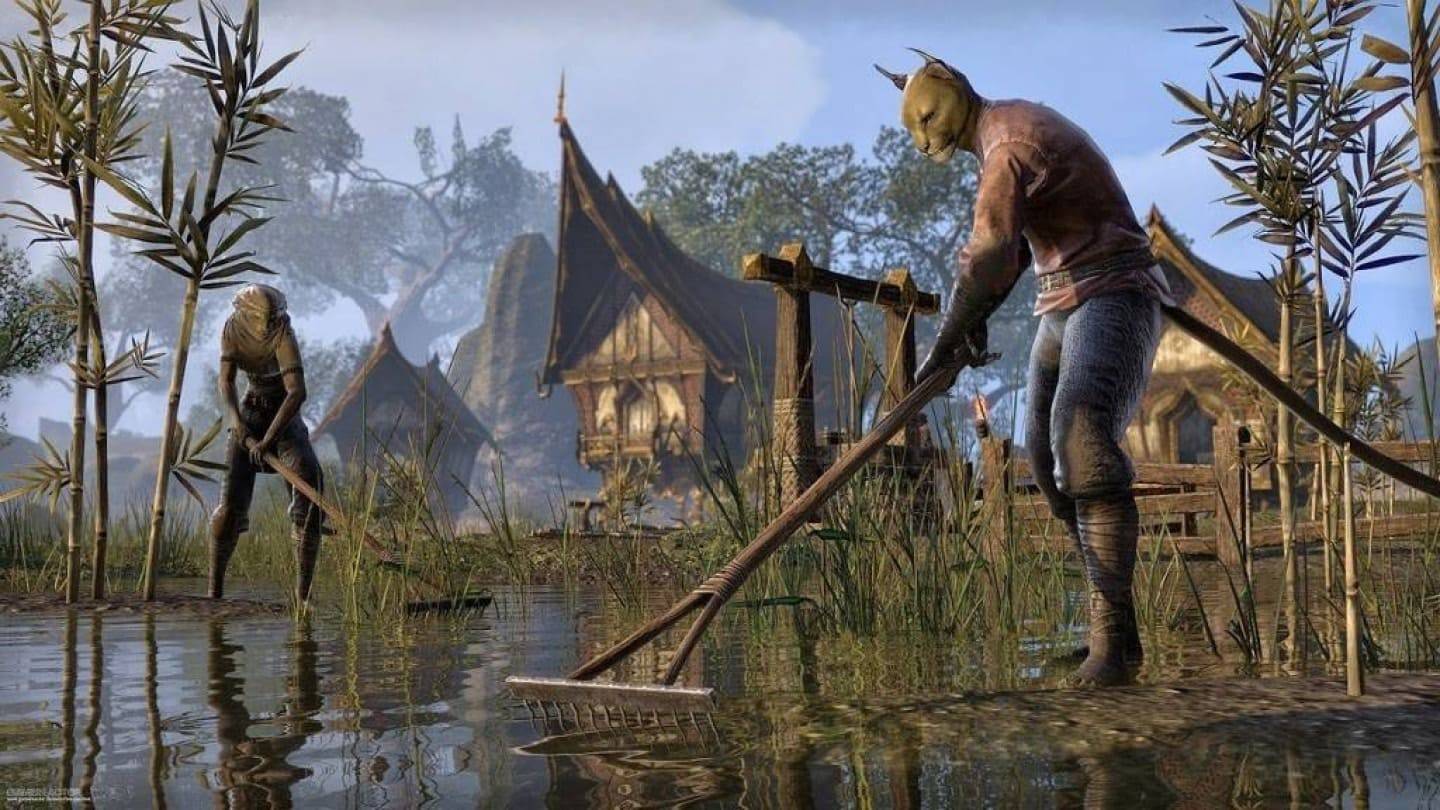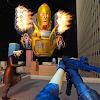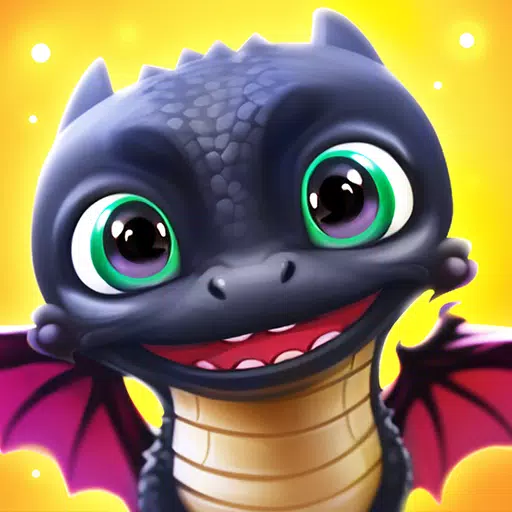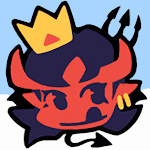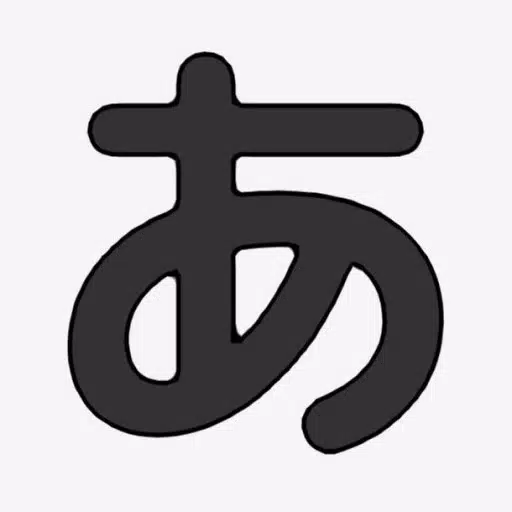Monster Hunter Wilds introduces numerous changes, new features, and quality-of-life improvements to the beloved Monster Hunter series. Interestingly, the seeds for these innovations were planted during Monster Hunter World’s crossover events. The influence of Final Fantasy 14's director, Naoki Yoshida, during the FFXIV crossover, and the positive reception to The Witcher 3 crossover, significantly shaped the new gameplay elements in Monster Hunter Wilds.
Conversations with Yoshida during the FFXIV collaboration inspired a significant change to Monster Hunter Wilds’ heads-up display (HUD): the introduction of attack names appearing on screen as players perform them. This feature was first tested during the 2018 FFXIV crossover event in Monster Hunter: World, which included unique elements like catchable Cactuars and a giant Kulu-Ya-Ku hunted to Chocobo music. The event also featured the challenging Behemoth fight, where attack names were displayed on screen, mimicking MMORPG mechanics. The Jump emote, inspired by Final Fantasy's Dragoon, also showcased this feature, displaying "[Hunter] performs Jump" when used.
How Final Fantasy XIV’s Director Influenced Monster Hunter Wilds

During the Monster Hunter: World and FFXIV crossover reveal event, Yoshida suggested to Monster Hunter Wilds Director Yuya Tokuda that players appreciate seeing the names of their attacks as they execute them. This feedback led to the development of the new HUD feature, as highlighted in the image above.
The FFXIV collaboration also brought the Drachen armor set, Gae Bolg Insect Glaive, and Dragon Soul Kinsect to Monster Hunter World, enhancing the crossover experience.
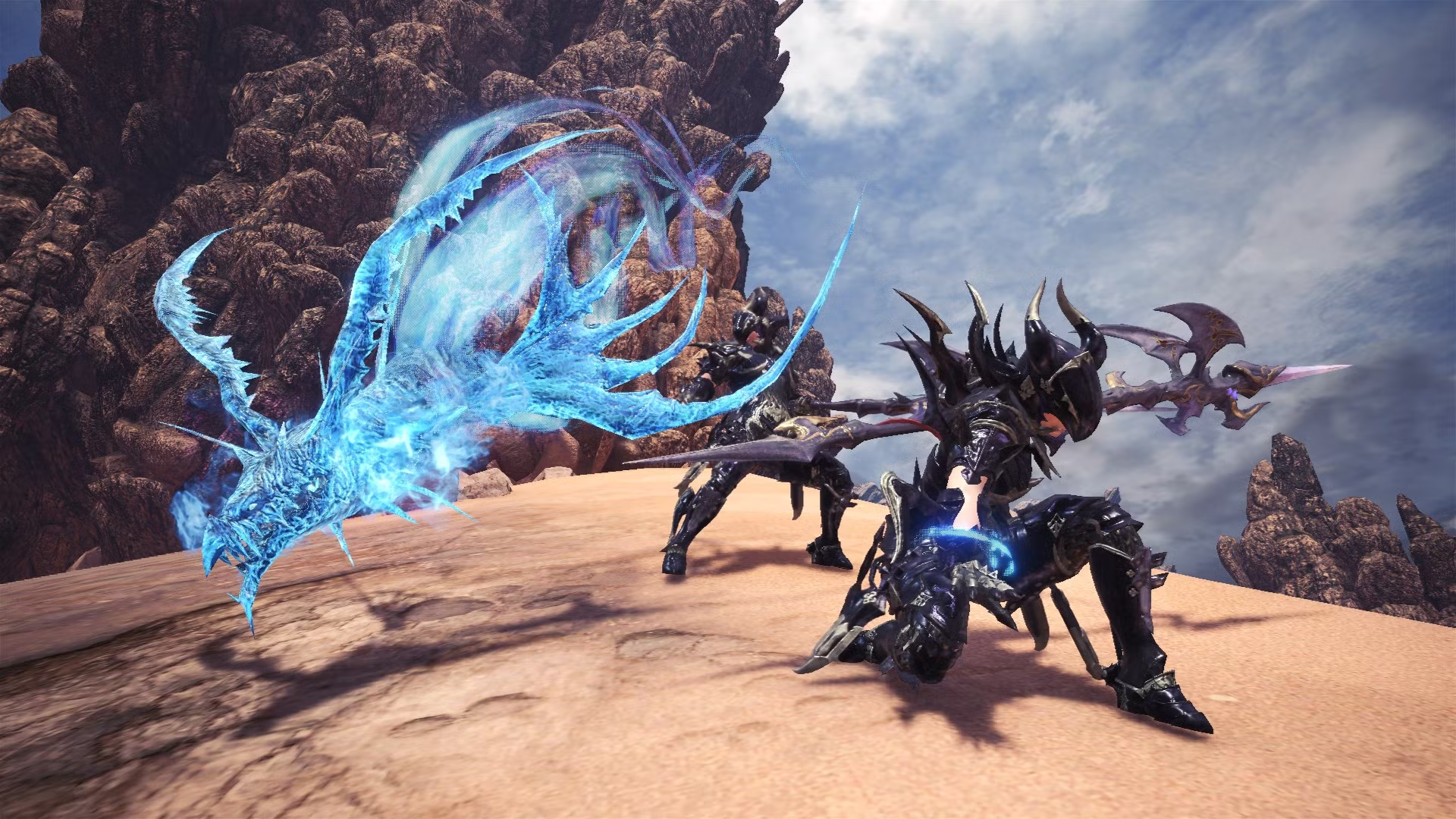
How The Witcher 3 Influenced Monster Hunter Wilds
The positive reception to the Monster Hunter: World and The Witcher 3 crossover played a pivotal role in shaping Monster Hunter Wilds. Director Yuya Tokuda was impressed by the community's comparison of Wilds' new dialogue options and gameplay elements to The Witcher 3, as this crossover served as a test for player reactions to more interactive elements in the series.
In the Monster Hunter: World Witcher 3 crossover, players took on the role of Geralt of Rivia, engaging in conversations and selecting dialogue options, a stark contrast to the silent protagonist of previous Monster Hunter games. This experience directly influenced Monster Hunter Wilds, where the protagonist now has a voice and interacts with NPCs, as seen in interactions with characters like Alma.
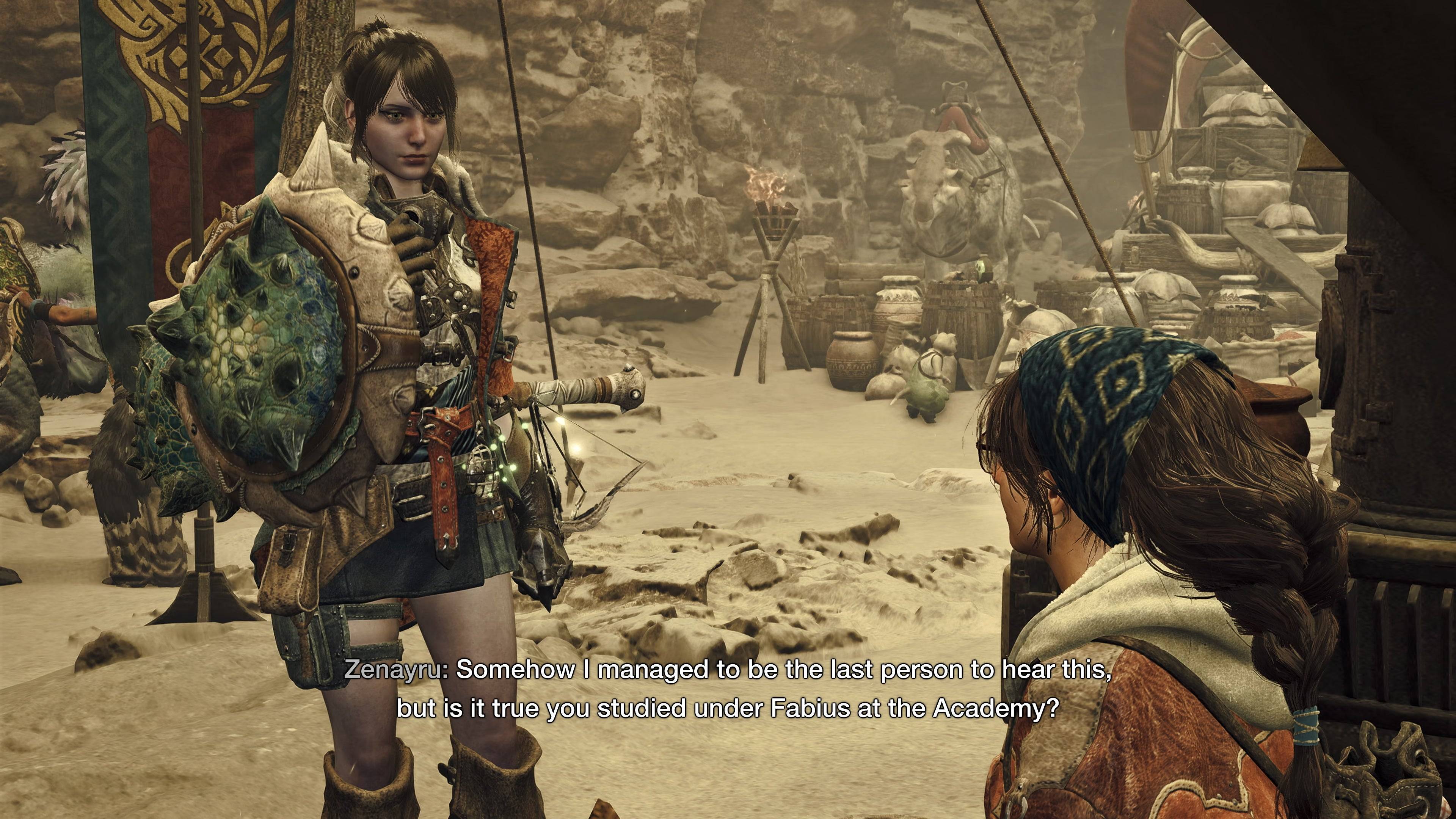
Tokuda shared that while Monster Hunter Wilds was not in active development during the World collaborations, these events were crucial for conceptualizing future enhancements. He personally sought a collaboration with The Witcher 3, which proved successful and informed the development of Monster Hunter Wilds.
This fascinating insight was revealed during our exclusive visit to Capcom’s Japan offices as part of IGN First. Stay tuned for more in-depth previews, interviews, and exclusive gameplay from Monster Hunter Wilds in January’s IGN First coverage.

